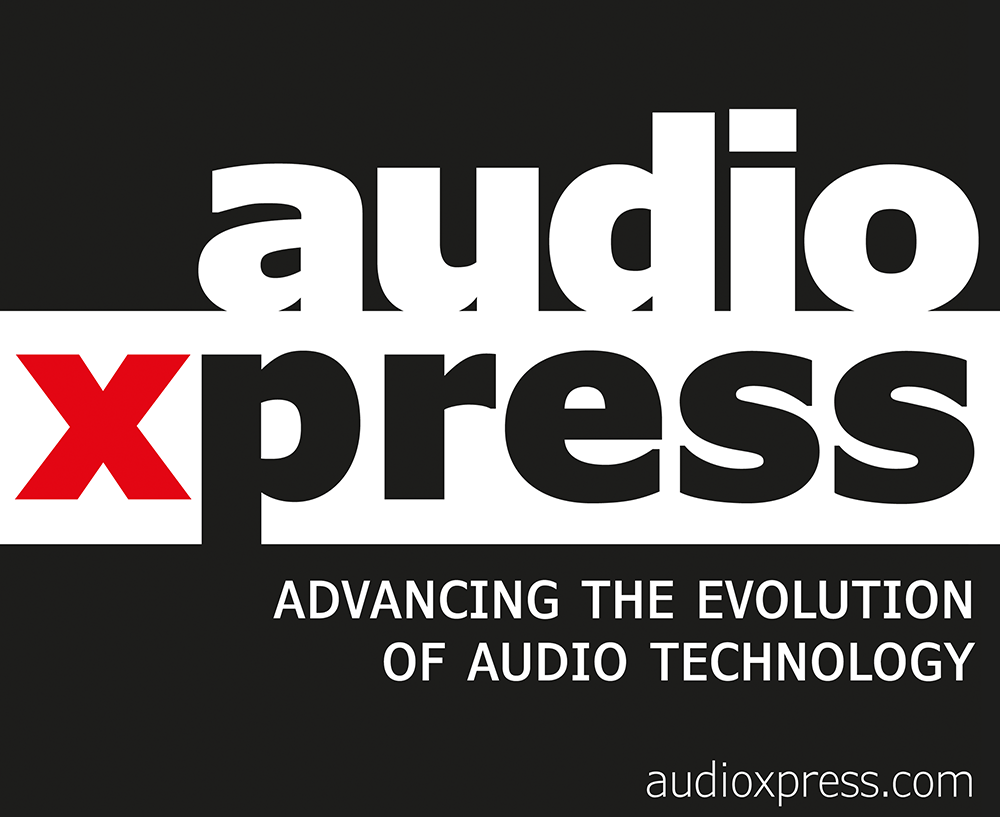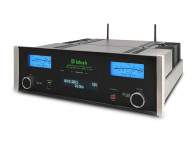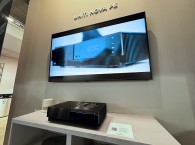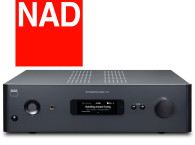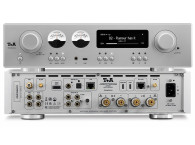
If Hegel is considered an established hifi brand it is precisely they were always obsessed with all the minor details in the design of their products, searching unique solutions to the problems that are mostly recognized by every other manufacturers and most of the time simply ignored. Such as the damping factor, which is know to be inaudible after a certain ratio. They apply that philosophy when designing integrated amplifiers, preamplifiers, power amplifiers, and even DACs.
Today, Hegel products are sold and recognized all over the world - they consistently appear in the annual EISA awards - and are recognized to be of great value, although they can still be fairly expensive. As an example, the H600 is supposed to retail for US $12,500, which is considered "great value" in high end circles, and considering it replaces two important components in a sound chain.

The company was founded by Bent Holter, an audio electronics expert who studied solid-state amplifiers and as devoted his career obsessively fighting distortion, wherever it can be found, while remaining mostly faithful to traditional analog circuits. This obsession resulted in its SoundEngine technology, which was patented and applied to all its original amplifiers. Hegel would expand in the early nineties to develop and manufacture its own DAC and a CD player, avoiding as much as possible to use third-party integrated circuits that would compromise its envisaged performance. And it must be said, this is immediately noticeable (audible) in Hegel's amplifiers.
Never ceasing its research efforts, Hegel continued to perfect every aspect of its products, including its own sophisticated D/A converters. And all its accumulated know-how is very much present in the design of the H600 - the reason why the company called it its reference integrated amplifier - a powerhouse able to drive any speaker with confidence and ease.
As mentioned, the H600 is a dual mono design with separate DualPower power supplies for the input and voltage gain stages, and for the current output stages of the audio amplifier. This, apart from featuring a totally separate state-of-the-art preamplifier, with all stages combined with its SoundEngine2 correction technology, to enable an output audio signal as close to the source as possible with "incredible dynamic range and tremendous bass control," as Hegel is not afraid of stating upfront.
Following what the company calls a "bit-perfect design," the H600's D/A converter has no resampling or upsampling. The DAC has again its own large, dedicated power supply, and the whole section is shielded by a thick steel plate so there is no interference from other electronics inside the amplifier. The chassis is made of aluminum and includes a solid bottom chassis and top cover with vents milled in two layers for added rigidity and airflow. Big aluminum feet with an anti-scratch design ensure stability and reduced vibrations, while optimized positioning of the analog and digital connectors provides less noise and better channel separation.
In the minimalistic front panel, the two large control knobs are equipped with touch control, making this amplifier effortless and intuitive to operate. They also have a very nice tactile feel, making every adjustment a delight. All digital inputs except USB have automatic signal detection. This means that any device connected to these inputs can wake the amplifier and set it to the right input. In addition, the volume can be limited so that it suits a user's maximum volume preference.
With the included remote-control, users can program the amplifier to be commanded by common TV remotes, eliminating the need for using two remotes and making it easier for all members of the household to get great TV sound. Most inputs can also be set as a fixed high-level Home Theater input, making it easy to combine the H600 with surround receivers or multi-room devices.

These specifications make the H600 a valuable hub to connect any home audio sources, not compromising on any of the roles. As amplifier the Hegel H600 is a very high performance amplifier, while the integrated DAC not only ensures quality, but doesn't miss any of today's desirable features, including support for all streaming formats and even MQA.
www.hegel.com

